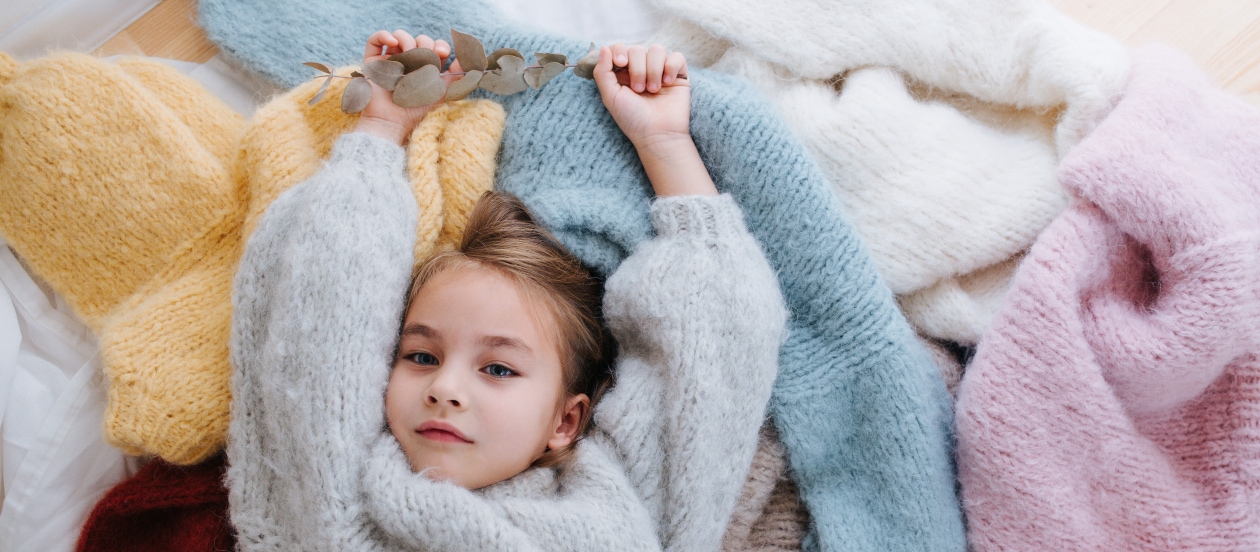Prolong the life of your clothes: Tips according to the type of clothing

Your clothes say a lot about you, and how well you care for clothing reflects your overall style. Investing in quality pieces is wise, but knowing how to maintain them is key to getting the most out of them. Different fabrics have specific needs. Understanding these will help your clothes last longer, stay vibrant, and always look their best.
Take good care of your clothes
Here are some general guidelines to follow for the majority of your wardrobe:
- Read the care labels. This is the single most important step. Labels exist to guide you, so follow the instructions for temperature, washing method, drying, and ironing.
- Pre-treat stains immediately. The faster you tackle a stain, the better your chances of removing it entirely.
- Sort your laundry. Separate whites, lights, and darks to prevent colours from bleeding and whites from becoming dingy.
- Choose the right detergent. Delicates (e.g. silk, linen, wool, lace) need a gentle detergent, while heavily soiled items might require something stronger. Special care with microfiber textiles should be taken (typically outdoor clothing or microfiber towels); no softener should be used. Fabric softener limits the functionality of the microfiber.
- Avoid over-drying. Over-drying stresses fibres, leading to shrinkage and damage. Consider anatural drying options like a rotary washing line or an indoor airer.
Tips to care for Tencel clothing
Tencel is a type of fabric made from the wood pulp of trees, typically eucalyptus. It's considered a sustainable fabric because it is produced using a closed-loop process, which means that the chemicals used in its production are recycled and reused, minimizing environmental impact. Tencel is known for its softness, breathability, and moisture-wicking properties, making it comfortable to wear in various climates. It's also biodegradable, adding to its eco-friendly credentials. Tencel fabric is often used in clothing, bedding, and home textiles.
Here are the best tips to keep your Tencel clothing looking and feeling its best:
- Machine wash gentle: Tencel can be machine washed, but always use a gentle or delicate cycle to protect the fibres.
- Cool water: Opt for cool water temperatures below 30℃ to prevent shrinkage and potential dye bleeding.
- Mild detergent: Choose a mild detergent formulated for delicate fabrics. Avoid harsh chemicals.
- Air dry or tumble dry low: allowing these items to dry naturally will prolong its longevity. Using a Vileda Rotary Dryer like Sun-Rise or Cordomatic retractable washing line will allow you to do that. If you must tumble dry, use the lowest heat setting and remove garments while still slightly damp.
- Iron on low: If ironing is needed, use a low heat setting and iron inside out to protect the fabric's surface.
How to care for wool clothing
Wool is cosy and warm, but it does require some special attention to keep it looking its best.
- Hand wash or use the wool cycle. To prevent felting or shrinking, use cool water and a wool-formulated detergent.
- Lay flat to dry. Hanging can stretch wool garments out of shape, so lay them flat on an indoor airer like the Vileda Mixer 3 will prevent this from happening Store folded. Folding prevents the stretching that can occur when hanging wool.
What do care symbols in clothing mean?
Care symbols are your laundry cheat sheet, telling you how to wash, dry, iron, and bleach your clothes correctly. Here's a quick guide:
- Wash basin: Instructions for washing
- Triangle: Bleaching instructions
- Square: Drying instructions
- Iron: Ironing instructions
Furthermore, if you have a smartphone and take a photo of the laundry label and search for it on Google, it will provide you with clothing care tips for those garments... Give it a try!
The best way to care for vintage clothing
Vintage clothing possesses a unique charm but often requires extra attention due to its age and delicate nature.
- Handle with extra care: Vintage fabrics may be fragile. Avoid excessive pulling or tugging on seams and embellishments.
- Hand washing is safest: If possible, we would recommend gently hand washing vintage garments in cool water with a mild detergent specifically for delicates.
- Delicate cycle as a last resort: If handwashing isn't an option, use the most delicate cycle on your washing machine with cool water and mild detergent. Place items in a mesh laundry bag for added protection, make sure all zips are closed and buttons open to avoid the zip catching and buttons pulling on the holes.
- Air dry flat: Always lay vintage pieces flat to dry. Hanging can stress the fabric and cause stretching or misshaping, and sunlight can cause fading. Using the Vileda Infinity Flex or Premium 2 in 1 Indoor Airer will allow you to lay these garments flat.
- Store with care: Fold vintage clothing and store it in a cool, dark, and dry place. Avoid using plastic garment bags, as these can trap moisture. Opt for breathable cloth bags or acid-free tissue paper.
Conclusion
Caring for your clothes might seem like extra work, but the payoff is huge. Well-maintained clothes feel better on your skin, project a polished image, and save you money by lasting longer. With some knowledge and effort, your wardrobe can be a source of confidence and joy for years to come.
Ready to improve your washing and laundry experience? Visit us at Vileda and browse our catalogue, from airers and washing lines to efficient ironing boards and covers.







